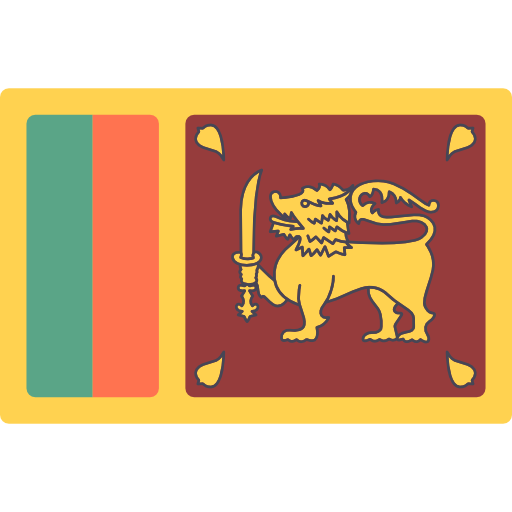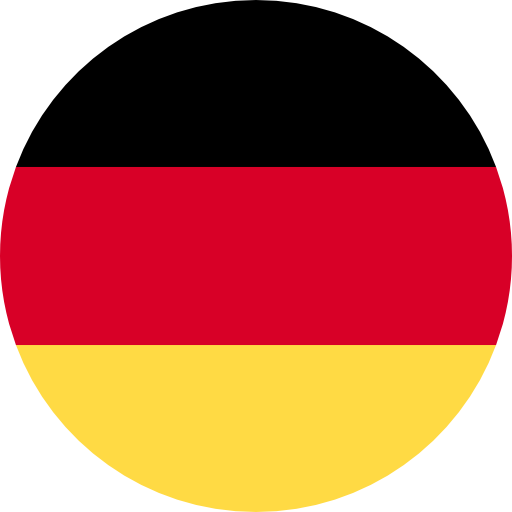JAPAN KARATE-DO DHAMMIKA-HA SHITO-RYU KAI
日本空手道ダミカ派糸東流会
Dhammika Karate-Do training is based on the three main pillars as well as Kobudo:
Training
Kihon
We train Kihon, which is also known as basic techniques. In kihon we train basics such as stances, punches, kicks, blocks, and thrusts which are a prerequisite for kata and kumite.
Kata
We train Shito-Ryu Katas, i.e. detailed choreographed pattern of martial arts movements made to be practised alone against imaginary opponents. An exception to this are the Bunkais (with a partner).
Kumite
We train Kumite, in which techniques learnt from Kihon and Kata are applied in a fight between two opponents without prior agreement on the techniques.
Kobudo
We also train kobudo which means old martial arts, with an emphasis on the use of the bo staff, as this is the largest part of the basic knowledge for all types of weapons.
In Kihon, the individual techniques which forms the fundamentals are taught. This lays the fundamentals for later success in kata and kumite. Through constant repetition, the techniques are further perfected so that they can be combined into a more complex form in the kata discipline. Kumite also covers the area which enables karate students to defend themselves appropriately in serious and sometimes hopeless situations after sufficient practice. In kata, karate students follow a fixed pattern in space, i.e. the sequence of techniques is precisely defined in a sequence of forms. The trainee learns to fight against imaginary opponents while practising the katas.
The training itself is linked to a strict code of conduct characterised by discipline, respect and politeness, which is why karate as a whole is still a proven way for practitioners to develop their character and prevent illness.
Affiliated and recognized by




Dhammika Karate-Do is represented in the following countries
Japan Karate-Do Dhammika-Ha Shito-Ryu Kai has branches in numerous countries.
We are represented in the following countries.












